The triumph, tragedy and bizarre secrets of one of the 20th century’s most prominent figures.
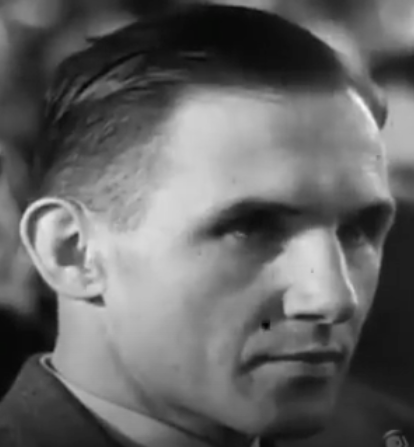
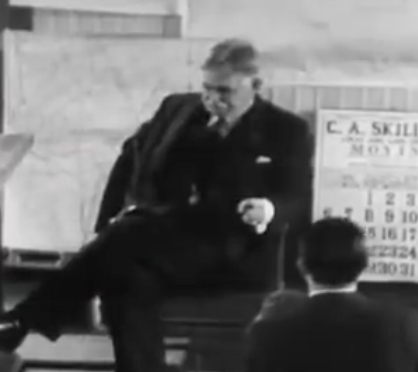
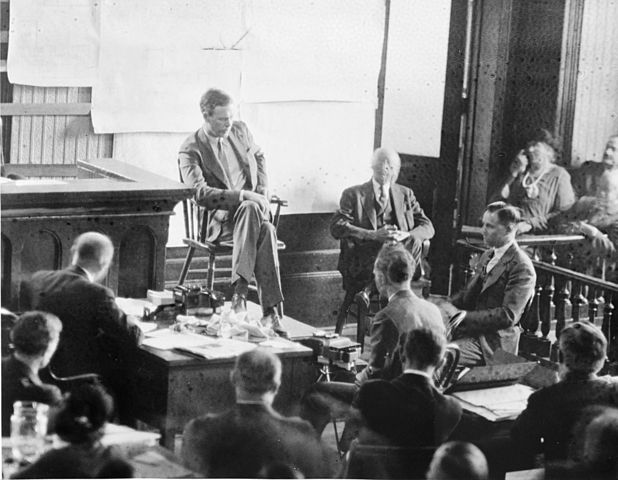
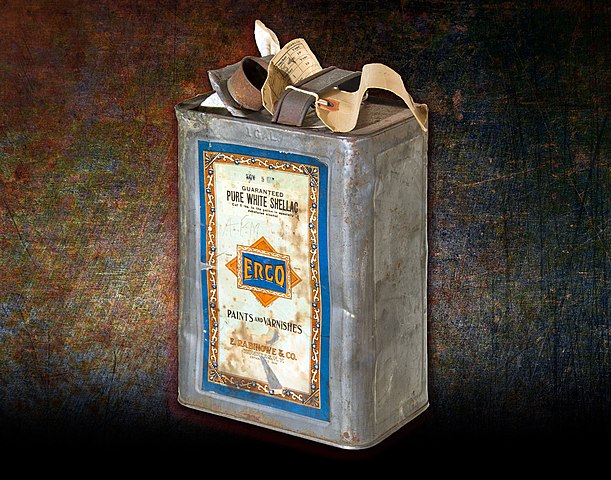
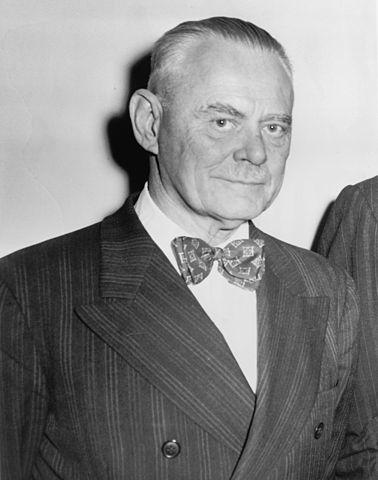
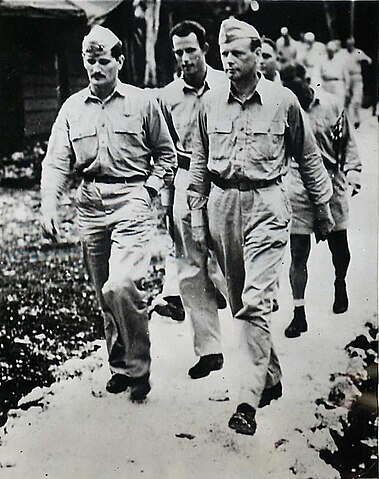
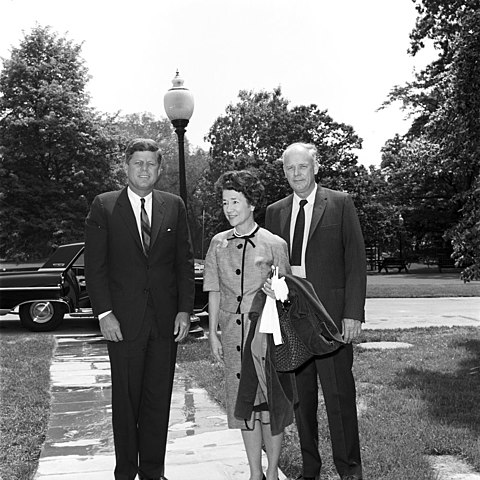
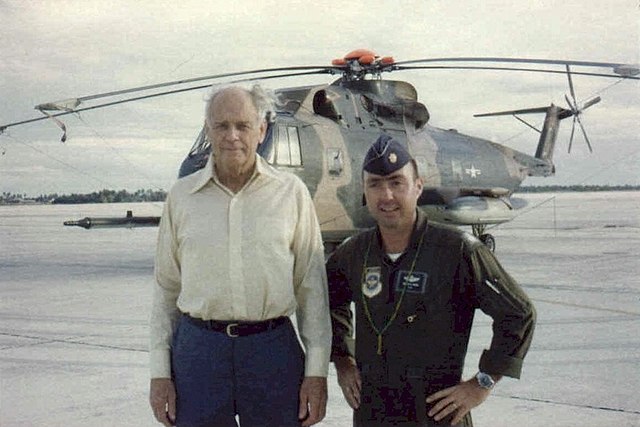
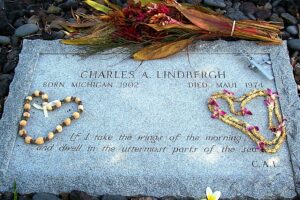
Podcast: Play in new window | Download
Subscribe: RSS
The triumph, tragedy and bizarre secrets of one of the 20th century’s most prominent figures.









Podcast: Play in new window | Download
Subscribe: RSS
The books used to compose this podcast included:
“Loss of Eden,” by Joyce Milton
“The Flight,” by Dan Hampton
“Forward From Here,” by Reeve Lindbergh
The intro music in part one and outro music in part two is: “Helium,” by Track Tribe.
The outro music in part one and intro music in part two is: “No Indication,” by Track Tribe.
In 1963, two British criminals masterminded the robbery of 2.6 million pounds in cash from a Royal Mail Train, an amount worth 45 million pounds today. The robbery and its aftermath caused a nationwide sensation.
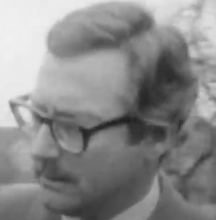
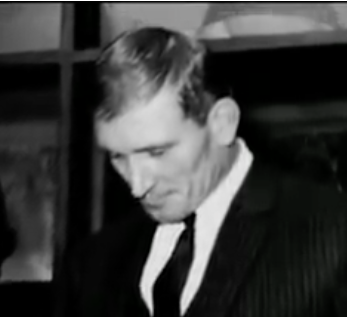


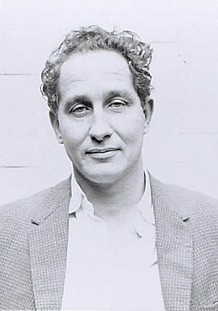
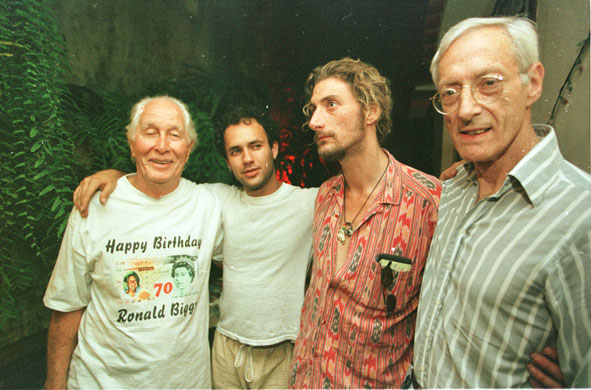
Podcast: Play in new window | Download
Subscribe: RSS
In 1963, two British criminals masterminded the robbery of 2.6 million pounds in cash from a Royal Mail Train, an amount worth 45 million pounds today. The robbery and its aftermath caused a nationwide sensation.
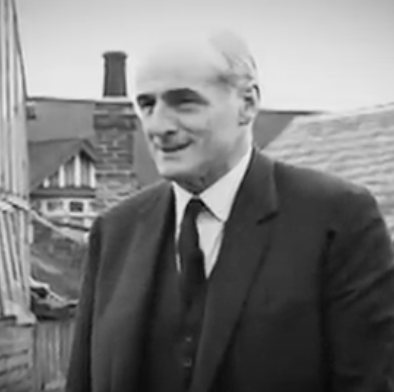
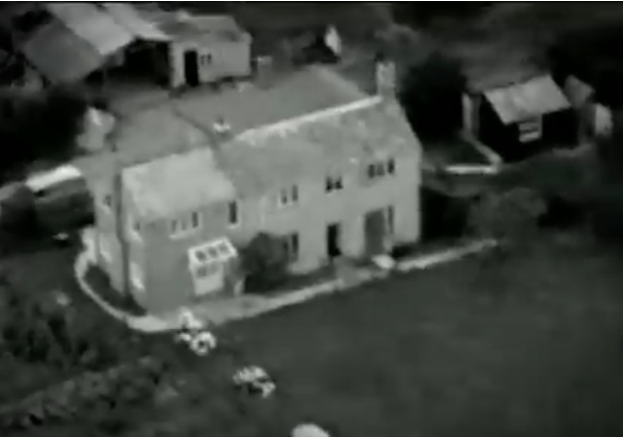
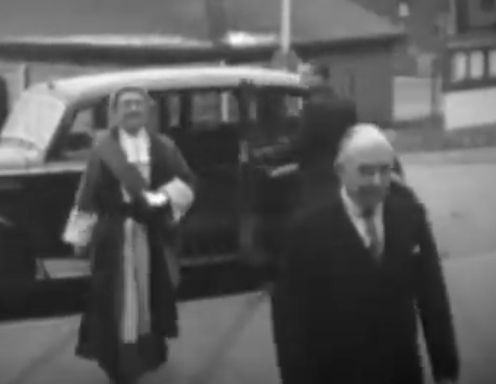

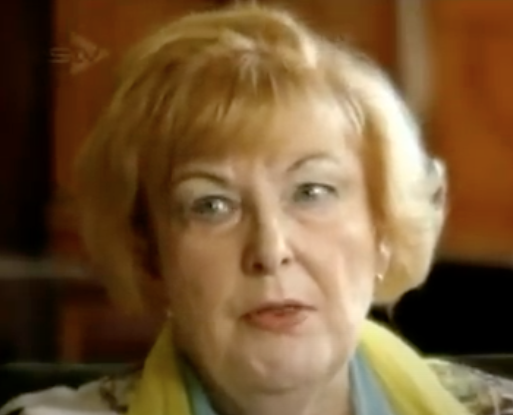
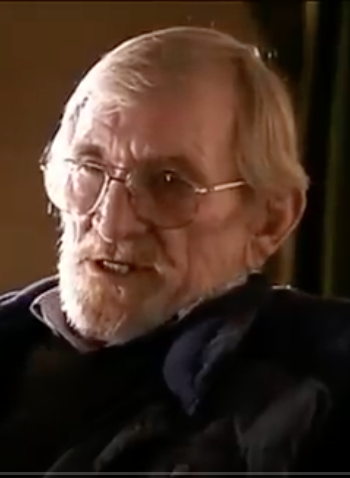
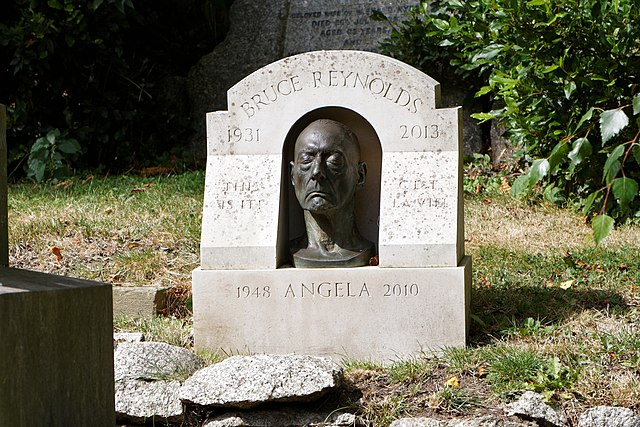
Podcast: Play in new window | Download
Subscribe: RSS
The books used to compose this podcast included:
“The Great Train Robbery: Crime of the Century,” by Nick Russell-Pavier and Stewart Richards, and,
“The Great Train Robbery: Fiftieth Anniversary,” by Bruce Reynolds and Ronnie Biggs
Music used in this podcast included:
Part One intro, Part Two outro: “Too Late Now,” by Go By Ocean/Ryan McCaffery
Part One outro and Part Two intro: “Los Encinos,” by Quinoas Moreira
Acclaimed in his lifetime for his remarkable literary career, Charles Dickens’ private life was wracked by dysfunction, scandal and the cruelty he inflicted on his wife and his children.
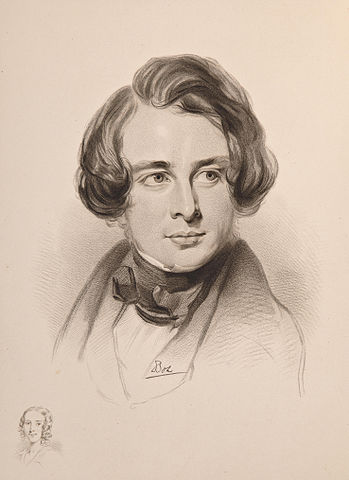
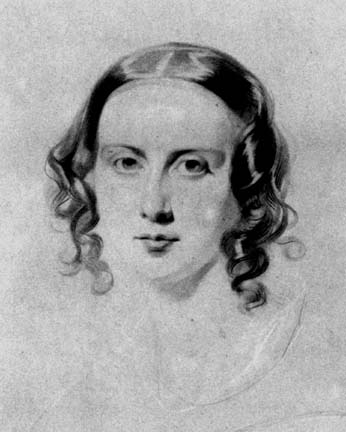
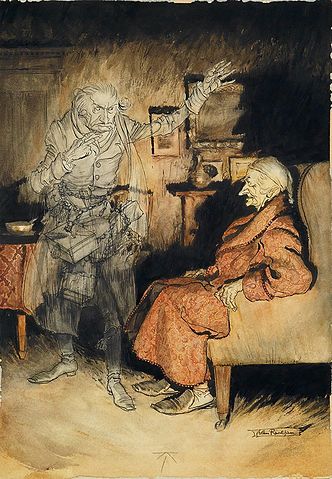
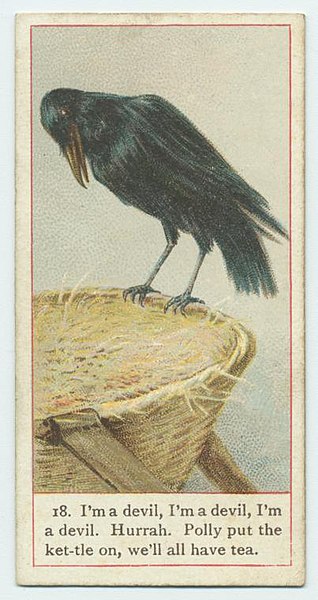
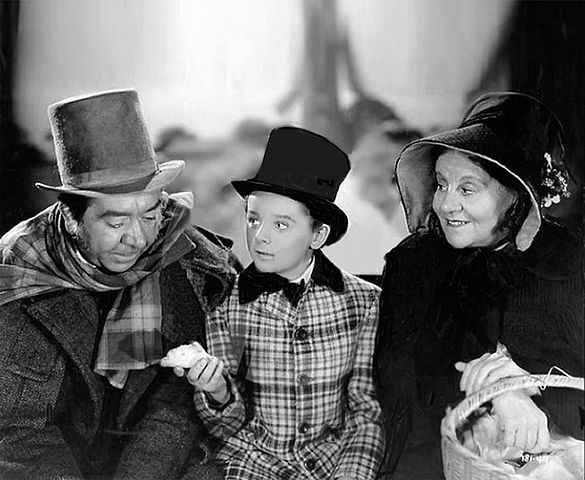
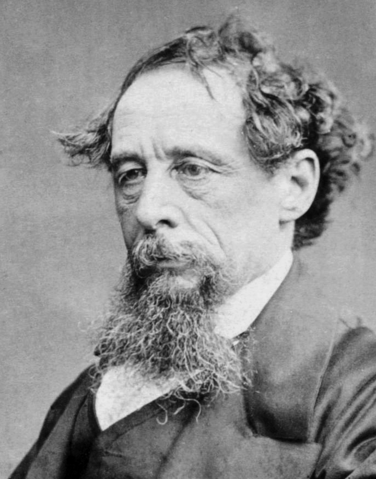
Podcast: Play in new window | Download
Subscribe: RSS
Acclaimed in his lifetime for his remarkable literary career, Charles Dickens’ private life was wracked by dysfunction, scandal and the cruelty he inflicted on his wife and his children.
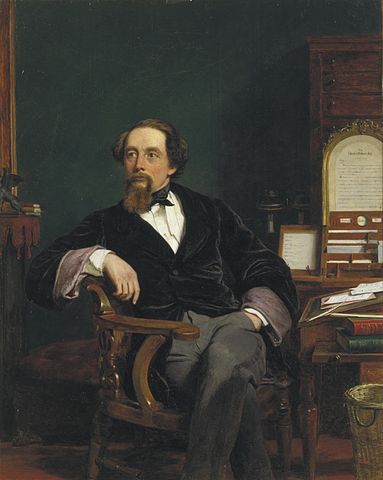
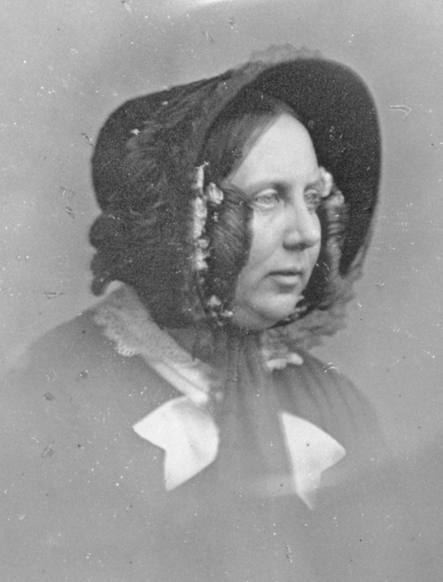
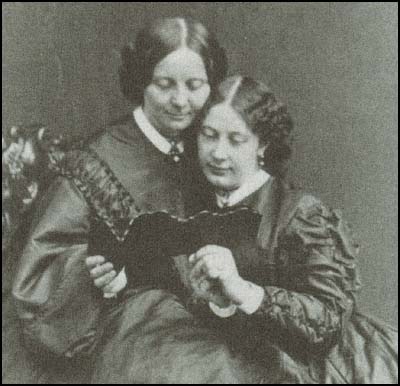
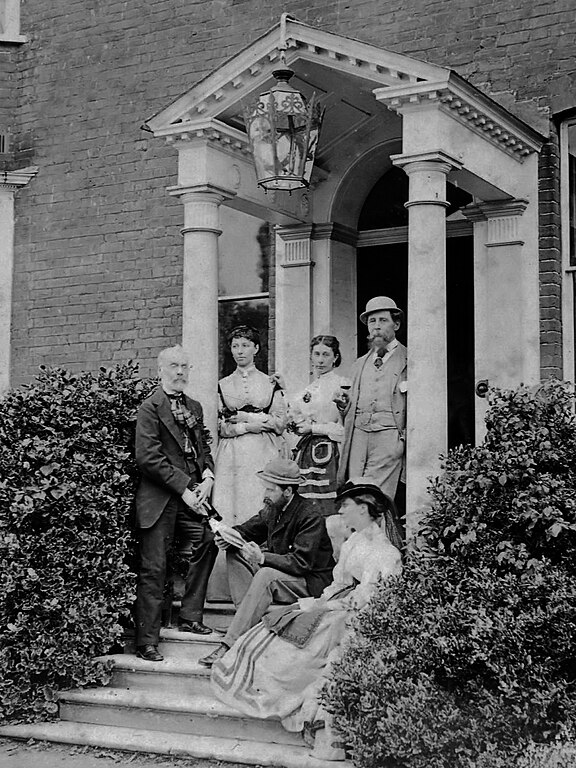
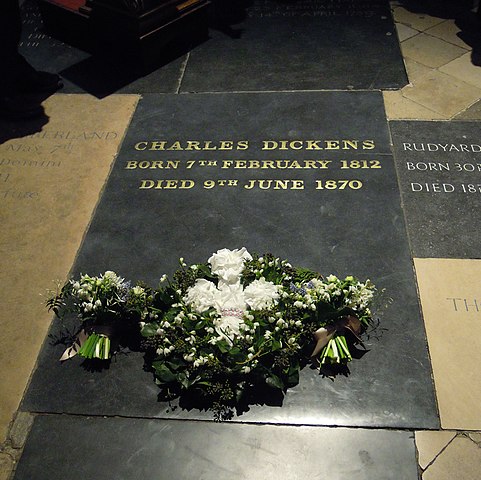
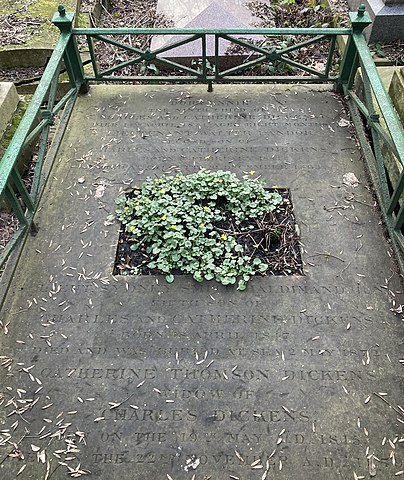
Podcast: Play in new window | Download
Subscribe: RSS
The books used to compose this podcast included:
“Charles Dickens,” by Michael Slater, and
“Dickens,” by Peter Ackroyd
The music used in this podcast included:
For the intro in both parts: “Community,” by Track Tribe, and
For the outro in both parts: “Hidden Frozen Lake-Go By Ocean,” by Ryan McCaffrey.
The remarkable story of the courage and suffering of the passengers aboard the Mayflower and the establishment of the Plymouth Colony.
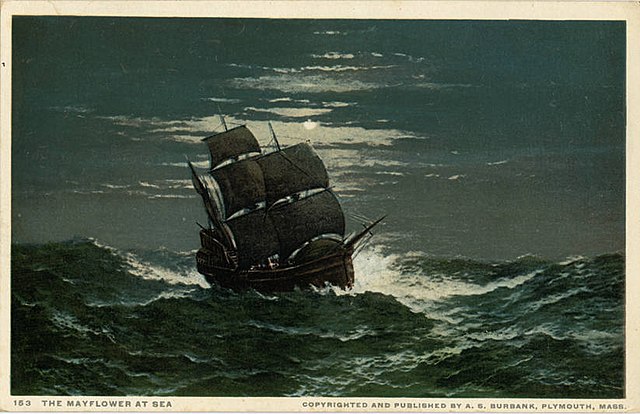
On November 11, 1620, a 100 foot long cargo ship called the Mayflower entered what is today known as Provincetown Harbor, virtually on the tip of present day Cape Cod. This was the culmination of over two months at sea for 102 immigrants, originally from England, some of this contingent intent on establishing their own religious settlement in the New World, free from persecution from the British crown. Their Atlantic crossing was difficult, their time spent mostly below deck, lashed by gale driven waves that left them and their clothes and quarters in a miserably damp and chilly condition, their diet of hardtack, dried meat and watered down beer little comfort.
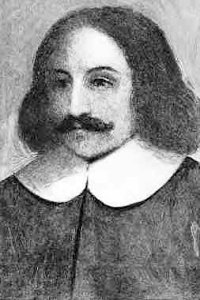
William Bradford was born in March of 1590, in Austerfield, Yorkshire, England. The exact date is unknown although he was baptized on March 19 of that same year. Many members of his family died when he was a child, and Bradford was orphaned by the age of seven. Sent to live with two uncles, he spent most of his time as a farm laborer and his leisure activity consisted of reading and studying the Bible and other classic philosophical tracts. Intellectually curious, he was exposed to various sermons of area preachers who radically suggested that the Church of England was still inappropriately influenced by Catholicism.
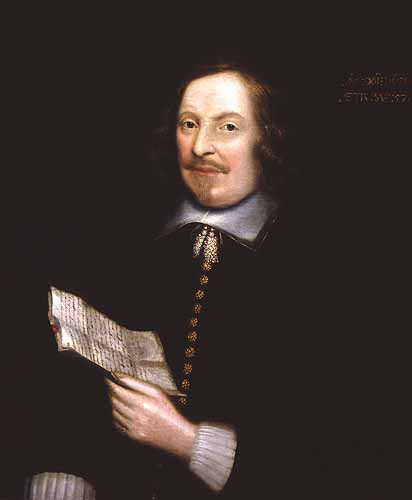
Figuring he couldn’t just abandon the Billington boy, Bradford ordered ten armed men, including Edward Winslow, to load up the small sailing ship used during exploration, take Squanto and another native interpreter, Tokamahamon and head to eastern Cape Cod and Nauset territory. A storm forced the boat to come ashore at what is now Barnstable, Massachusetts, on the northern shore of the Cape, about halfway across the lower portion of the peninsula.
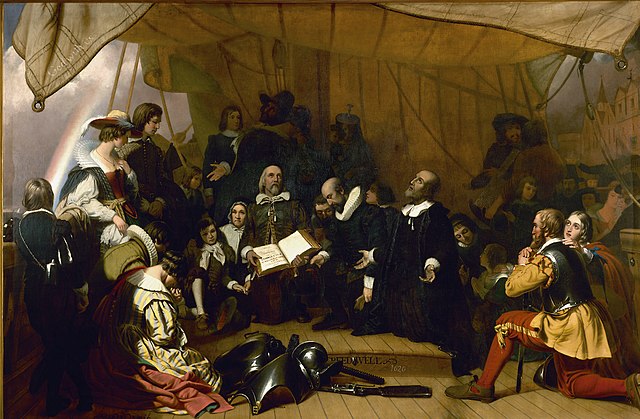
The passengers were situated on the deck immediately located underneath the open air of the main deck. While they could hear waves and smell sea water, they were unable to view the horizon or the surface of the sea around them. Tossed practically on top of each other in makeshift compartments created by cloth curtains, the Separatist contingent strived to get along with each other, realizing that the stress of the voyage would only be increased by personality conflicts.
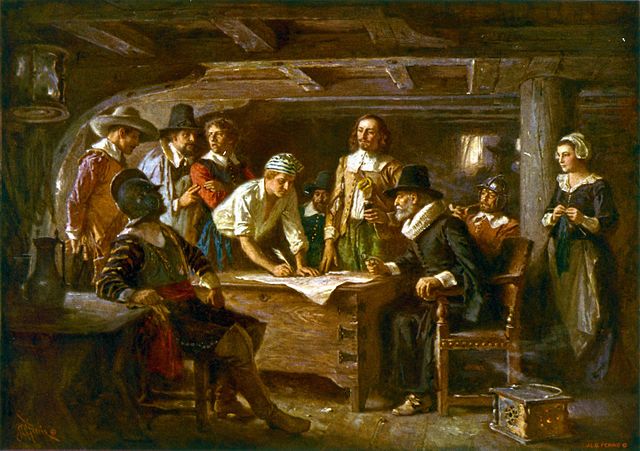
This premature landing outside of territory designated by British authorities presented an immediate problem. Since the Stranger contingent on board was inclined to dispute any attempts at the Separatists controlling the governance of the colonists once they landed, assertions were made that as a result of the ship landing in an undesignated territory, they were free to do as they wished and were not obliged to respect any other authority. To address this situation several charismatic individuals on board the ship composed an agreement that set out specifically what laws and guidelines should be followed by the community. Containing ideas generally suggested mostly by William Brewster, this agreement, known historically as the Mayflower Compact also resulted from some of the formerly aloof Strangers like Christopher Martin understanding that for the colony to financially succeed and for the Adventurers to get any kind of return on their investment, all of the Settlers needed to work together.
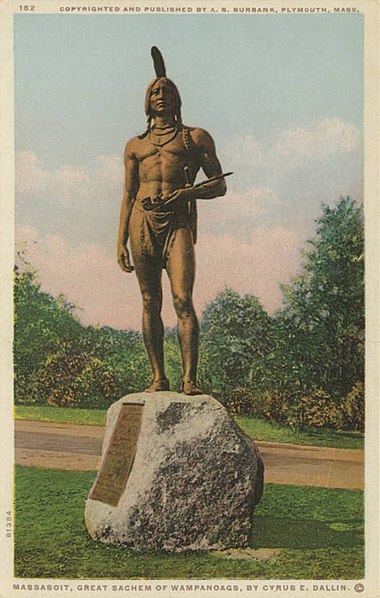
Samoset identified the area as under the control of Massasoit, the Sachem or leader of a tribe known as the Pokanokets, and today as the Wampanoags. Massasoit resided in the nearby Narragansett Bay area of Rhode Island.
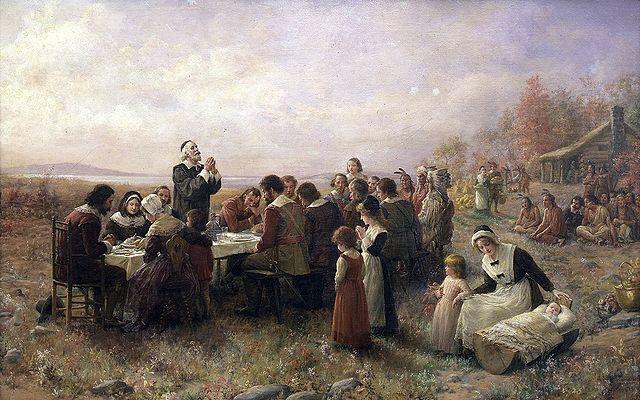
Although this festival was the impetus for the national American holiday known as Thanksgiving, the colonists at Plymouth would not have referred to their planned, three day event by that name, a term they applied instead to a much more serious religious rite acknowledging gratitude to the almighty. Instead, they celebrated with games, military exercises and vast amounts of food and drink. Only four adult women, including Susanna White Winslow were still alive to help cook the meal, along with their daughters and a few servants.
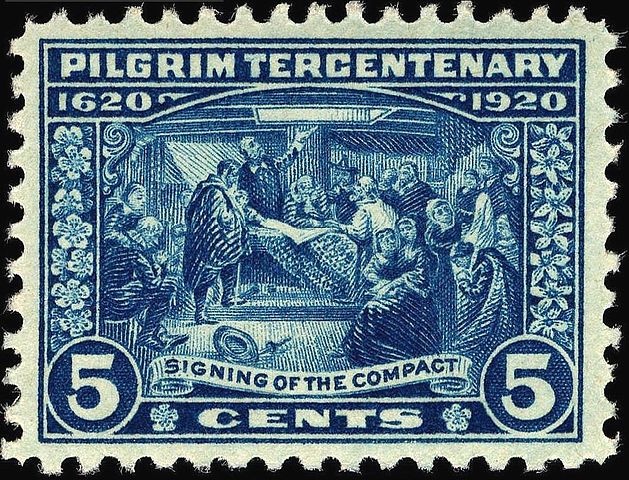
Although on a daily basis, life continued to be harsh and frequently unforgiving, by the end of September, settlers at Plymouth Colony seemed to have turned a corner. They concluded the first harvest of all of the crops that they meticulously planted earlier in the Spring. Corn, Squash, Beans and even some amounts of barley and peas were stockpiled, a plentiful contrast to the dreadful deprivation of the previous winter. As massive flocks of ducks and geese migrated through the area, the settlers were able to hunt down as many of these birds as they wished, again putting aside a large quantity to help celebrate a tradition that was centuries old, a harvest festival, consisting of food, drink and good cheer. But this festival was also an acknowledgement of their special gratitude to their original ally, Massasoit, who Bradford described as arriving with five deer, oysters, a hundred participants and another addition to the festivities, wild turkey.
Podcast: Play in new window | Download
Subscribe: RSS
The remarkable story of the courage and suffering of the passengers aboard the Mayflower and the establishment of the Plymouth Colony.
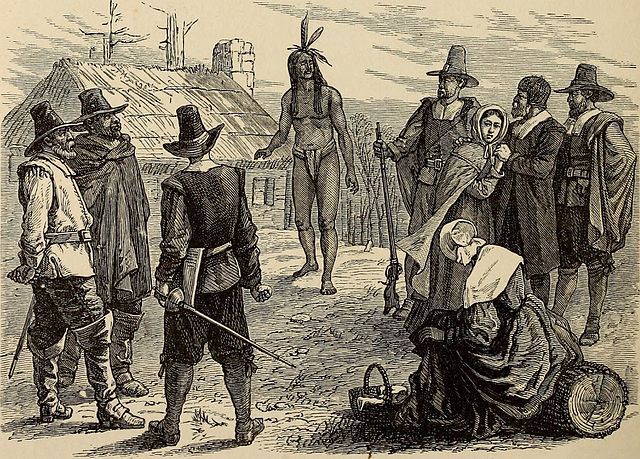
On March 16, the inevitable occurred, although the incident did not unfold as the settlers previously feared. As described in a pamphlet entitled, “Mourt’s Relation,” a description of the first year of Plymouth Colony, co-written by William Bradford and another settler named Edward Winslow, with work suspended for a regularly scheduled meeting about specific plans for the defense of the settlement, the meeting participants became aware of a native looking down at their group from a nearby hill. This had happened previously, but whenever an inhabitant gestured or even attempted to make contact with these previous visitors, the natives fled. This time, however, the lone native began to purposefully walk directly towards the settlement. Without hesitation, he walked past the crude lane of houses and seemed headed directly towards the shelter that protected the colony’s women and children during such an emergency. Without overt hostility, some of the armed settlers got in his way and made it clear he could not enter the shelter. Instead of bristling or running away, this remarkably tall, long haired individual dressed only in an animal skin loin cloth stood to his full height, saluted and probably understanding the effect he would elicit cheerfully spoke the words, “Hello, English!”
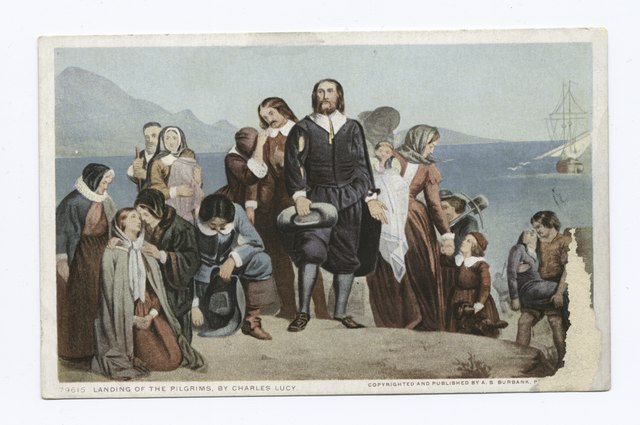
Sunday was of course another leisurely day, but on Monday, they began to reconnoiter the harbor in earnest. It was certainly deep enough for a ship the size of the Mayflower, and eventually, upon landing on shore they found large areas suitable for agriculture, fresh water in several streams and no obvious signs of any kind of recent habitation by natives. Additionally, although at least one sizable boulder was certainly situated in the area, there was no mention by Bradford in either of his two personal accounts of this excursion of a landing assisted by a large rock. This seems to have been an invention of subsequent residents, much to the delight of future chambers of commerce. Today, an elaborate, arched, templelike edifice encloses a rather unimpressive large rock embossed with the date of 1620, the alleged landing spot of America’s Pilgrims.
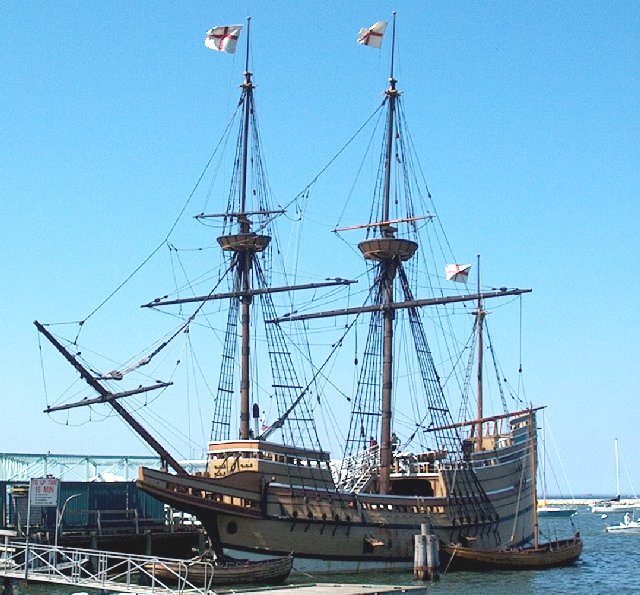
With the onset of Spring and milder weather, the establishment of at least an initial footprint of a settlement and the astonishing new relationship with a powerful local ally, Captain Christopher Jones decided that this was the appropriate time to sail back to England. After all of its cargo was removed and brought ashore, rocks were added for ballast and, on April 5, the Mayflower slowly made its way out of the harbor, an introspective moment for all of those left on shore. Because of the seasonably calm weather and westerly prevailing winds that propelled the ship instead of impeding the craft, It took only a month for the Mayflower to reach its home port and Jones’ residence on the outskirts of London at Rotherhithe. For a brief period he and his ship continued to participate in transporting goods like sugar between England and neighboring countries across the English Channel. But Jones’ health, permanently impaired by his Atlantic crossing with the Plymouth settlers, was undermined to the extent that he died on March 5, 1622, less than a year after returning from North America. The ship remained unused for two years, tied up in the Thames near Rotherhithe. Without proper maintenance, it fell into disrepair and eventually its owners which included Jones’ widow, applied for an official valuation from the Admiralty, which came to a little more than one hundred pounds. There are no substantiated accounts as to what happened after the ship was dismantled, the most appealing suggestion that the timber from the ship eventually was used to construct a barn in the county of Buckinghamshire. For many years this structure was presented to tourists as a Mayflower relic, today it is closed to the public, its historical provenance suspect.
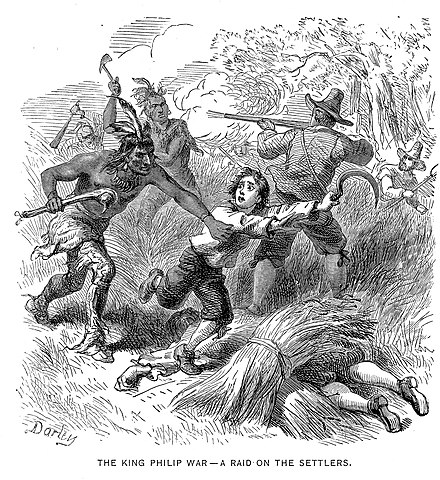
The belief that Wamsutta was poisoned was one of the fundamental grievances that eventually contributed in 1675 to one of the most violent and costly native rebellions in US history. One of Metacomet’s military opponents was Josiah Winslow, then governor of Plymouth colony and the son of Edward Winslow. At its conclusion, three years later, dozens of colonial New England settlements lay in ruins and thousands of settlers were killed or injured.
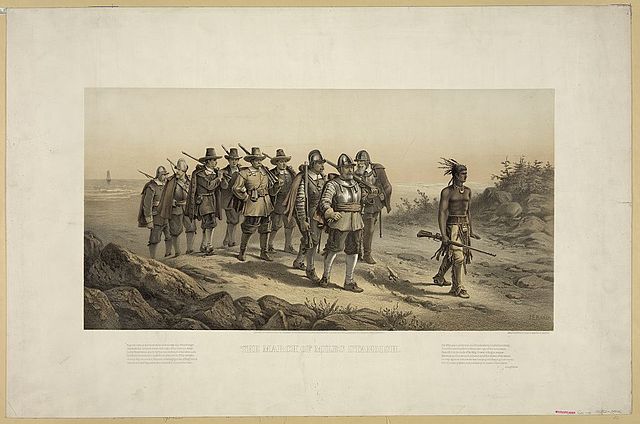
Although he waited until the Spring, Standish resolved to preemptively extinguish the threat before any such attack. In late March of 1623, he invited several powerful native warriors and sachems to participate in negotiations to resolve their complaints. Instead, when this meeting occurred, and upon serving large amounts of food and alcohol, the most prominent natives present, Wituwamat and Pecksuot and another warrior were attacked, Standish grabbing the knife from around Wituwamat’s neck and personally stabbing him repeatedly in the chest, killing him. Wituwamat’s teenage brother, who was waiting in the vicinity was also subdued and subsequently hanged. Wituwamat was then beheaded and his head stuck on a pike at the main entry gate at Plymouth Plantation. The residents of Wessagussett either sailed the Swan to fishing villages in Maine or relocated to Plymouth.
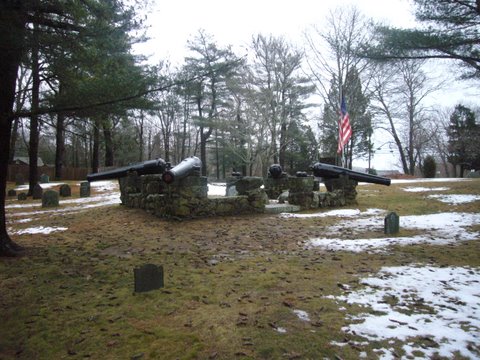
Myles Standish also lived into his seventies, his military position serving Plymouth Plantation ending around 1635. By then he and others had successfully negotiated with the Merchant Adventurers to retire their debt, Standish receiving a 120 acre farm in the area known today as Duxbury, Massachusetts. He subsequently served in various Plymouth Colony administrative positions, including as a kind of superintendent of highways until his death in 1656, aged 72.
Podcast: Play in new window | Download
Subscribe: RSS